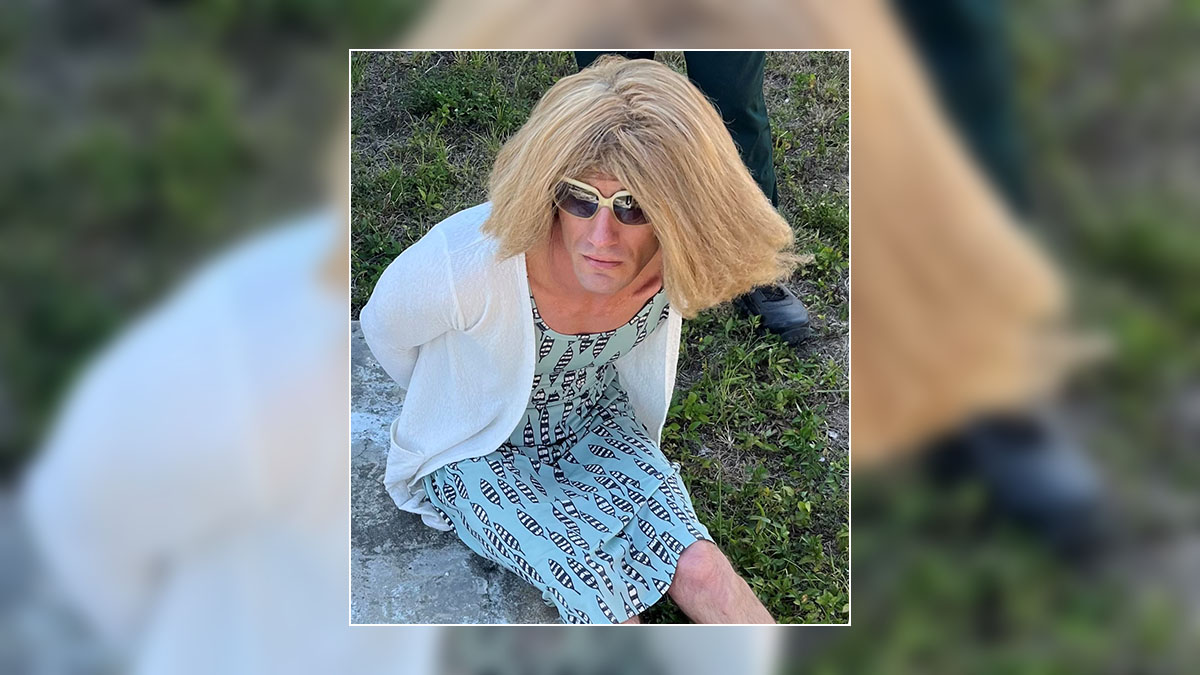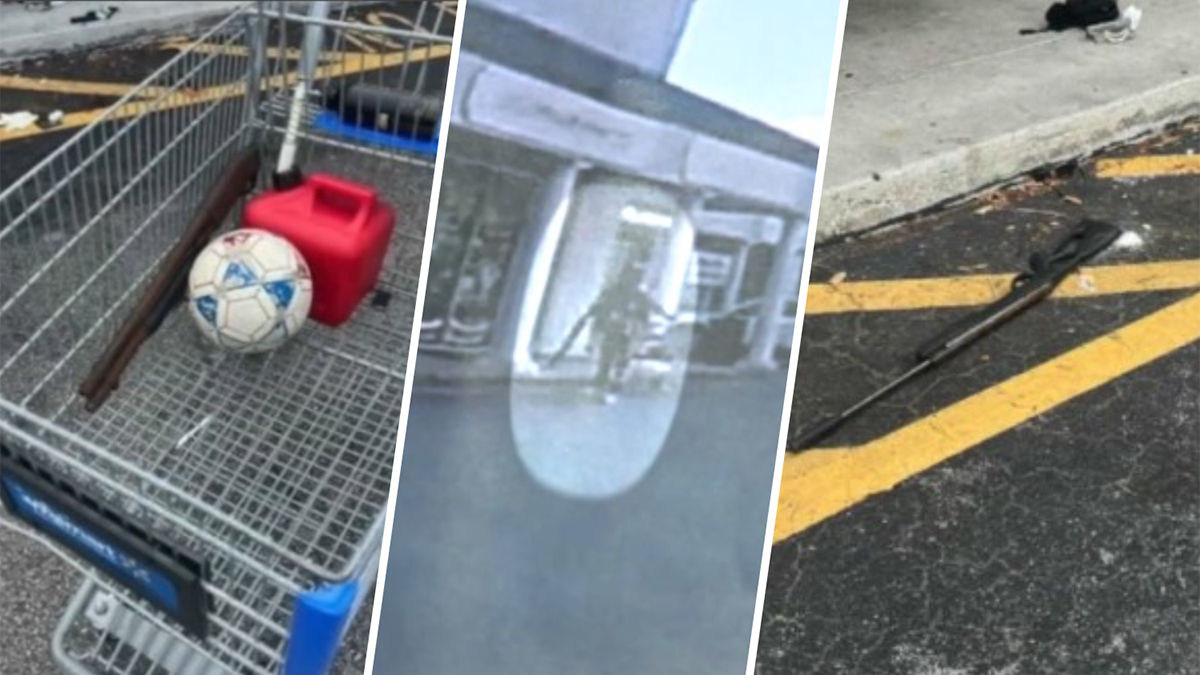What to Know
- "Sea lice"– also known as seabather’s eruption – is common at the beginning of the summer, according to Florida’s Poison Control Centers.
- It occurs when tiny, microscopic sea anemones and baby jellyfish release stinging cells in the water.
- The condition usually ceases within 7-10 days by itself and does not typically require medical attention.
Swimming in warm, salty ocean water is a staple of the summer in South Florida, but human beings aren’t the only ones bathing in the sea.
Critters like jellyfish and sea anemones also call beachy, sandy areas home, and in some cases, sharing the sea with these creatures can result in a condition called “sea lice” or “swimmer’s itch.”
The condition – also known as seabather’s eruption – is common at the beginning of the summer, according to Florida’s Poison Control Centers. It occurs when tiny, microscopic sea anemones and baby jellyfish release stinging cells, typically in areas where a bathing suit rubs against the skin.
Outbreaks of sea lice occur when ocean currents send jellyfish larvae to the shore, according to a study published in the Journal of the American Medical Association. The result is an itchy, acne-like rash, the FPCC says. Symptoms of "swimmer's itch" include tingling or burning skin, small reddish pimples and tiny blisters. The Centers for Disease Control and Prevention reports you can start noticing symptoms within minutes to days of swimming in contaminated water.
The FPCC recommends washing out swimsuits with soap and clean water to eliminate bacteria, otherwise the rash may continue to spread. The condition usually ceases within 7-10 days by itself and does not typically require medical attention. Scratching the affected area, however, may lead to secondary bacterial infections, according to the CDC.
For additional relief, the CDC suggests using corticosteroid cream, bathing in Epsom salts or baking soda, soaking in oatmeal baths, or applying baking soda paste to the rash. You can also use a cool compress or anti-itch cream to ease discomfort.
Local
There are two classes of “sea lice,” according to the Florida Department of Health: The type caused by larval jellyfish, and freshwater from snails. The latter is caused when snails release parasites into lakes, ponds and oceans, the CDC says.
“Swimmers itch” is not contagious and can’t be spread from one person to another, according to the CDC. Larvae are more likely to live in shallow water by the shoreline, making kids who play or wade along that area more at risk.
Towel drying or showering immediately after leaving the water can reduce the risk of “sea lice.” Kids are also more susceptible because they are less likely to towel dry themselves after playing in the water, the CDC says.
The Florida Department of Health does not track cases of sea lice because it is not a reportable illness or disease, a spokesperson said. However, independent surveys have traced cases of the condition in South Florida back to the 1990s.



